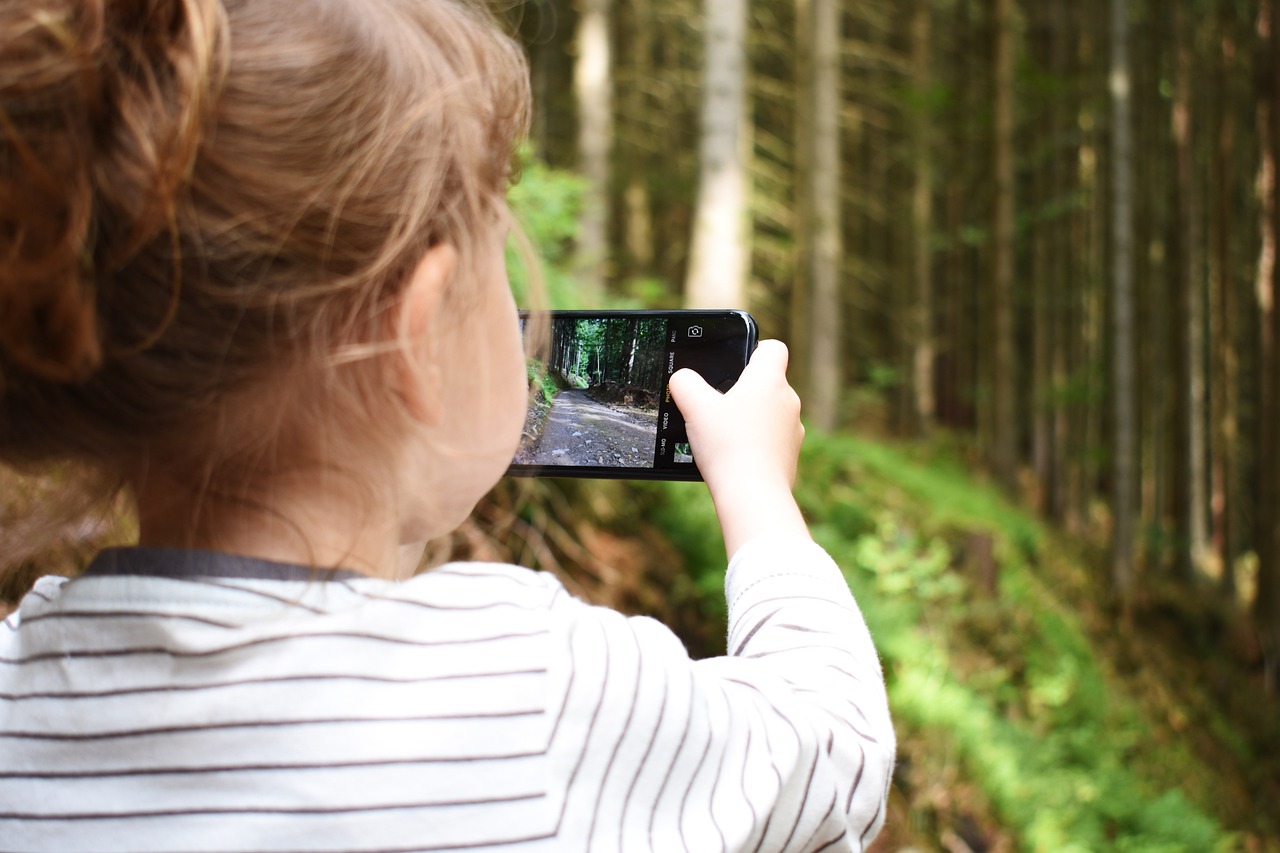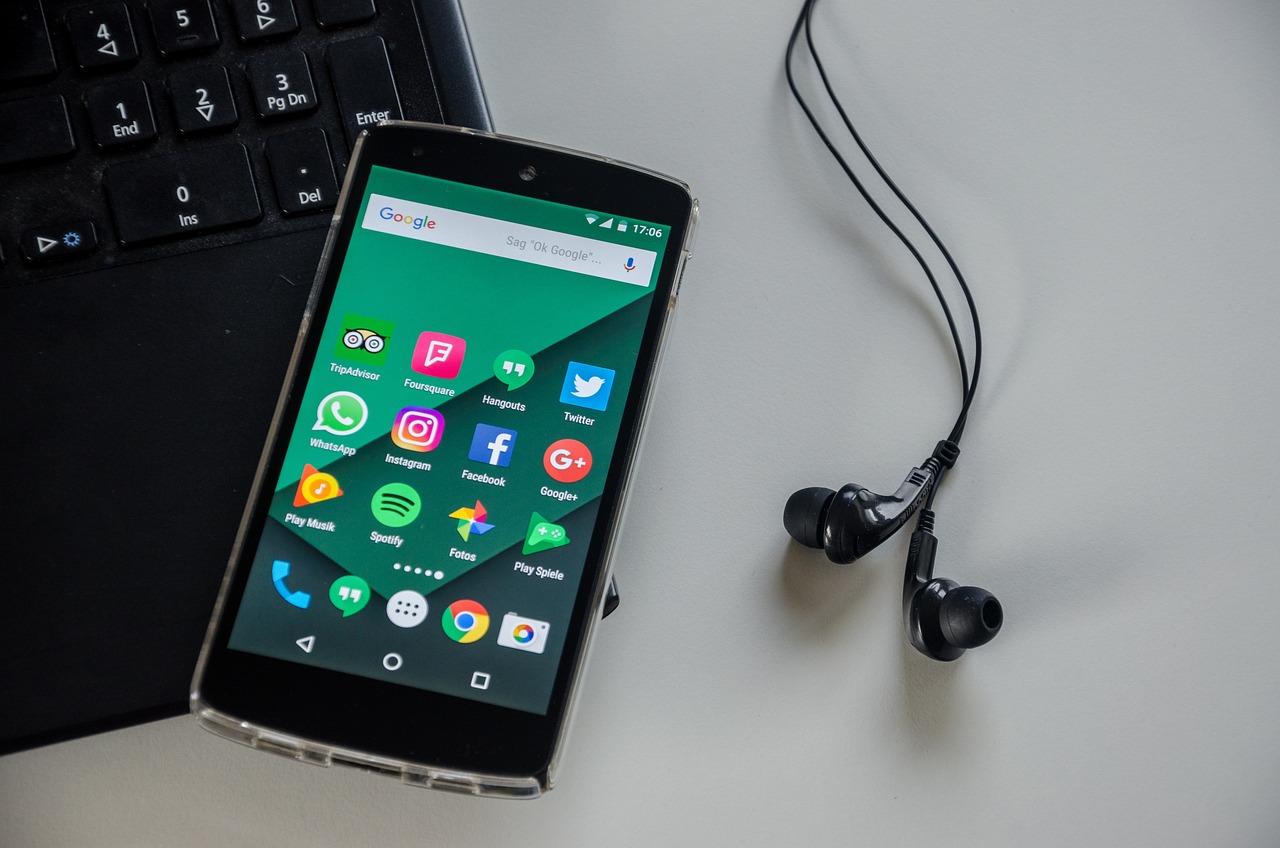The first step in enabling parental controls on YouTube is creating a Google account for your child through Family Link. This would be the 'Google' in this context. While it may seem counterintuitive to create an online profile for your child, this step establishes an environment where you can monitor and control their online activities. Once this has been set up, you can move forward with adjusting the desired settings.
The second step is visiting the main page of YouTube after logging into your child’s account. Here you should find options under the 'Account' icon situated at the top right corner of the screen which will allow you to access 'Restricted Mode'. The term 'Restricted Mode' might be slightly confusing but it's essentially what enables you to filter out inappropriate content based on community flagging, age restrictions, and other signals.
Once within Restricted Mode, switch it on to enable parental controls. A notification will appear indicating that no filter is 100% accurate but turning this mode on will surely help hide potentially mature videos from sight; ‘mature’ being referred as content unsuitable for younger audiences.
When setting these controls both for mobile devices or desktop computers remember they must be activated individually per device; hence 'individually'. If these settings are applied over one medium it won’t necessarily apply for all others where YouTube can be accessed by your child.
It's also important not just enabling such controls but consistently reviewing them so they remain effective; "reviewing" here emphasizes regular checking of these safety measures in place considering how quickly digital content changes.
Finally, while parental controls offer a layer of protection, they cannot replace open conversation and education about internet safety. It is crucial to talk openly with your child about the dangers that lurk online and provide them with guidance on how to navigate these spaces safely; 'guidance' being the key word because ultimately it's not just about controlling but also teaching responsible use of digital platforms.
In conclusion, enabling parental controls on YouTube involves creating a child's Google account through Family Link, activating Restricted Mode individually per device, consistently reviewing these settings for effectiveness and providing ongoing guidance about safe online behavior. While this process may seem daunting, it is absolutely worth it for the peace of mind that comes with knowing your child is protected as much as possible when exploring the world of YouTube.

